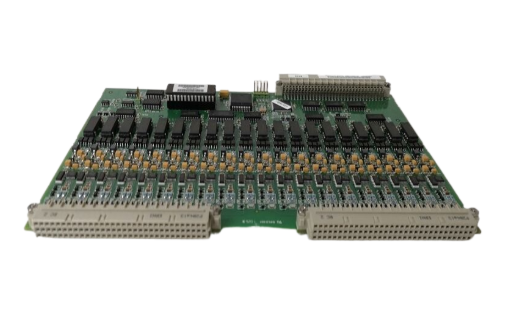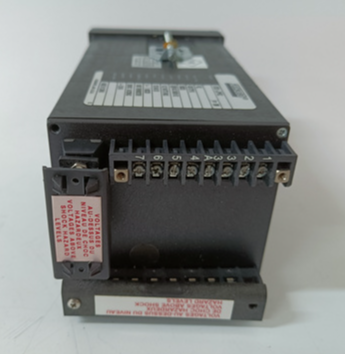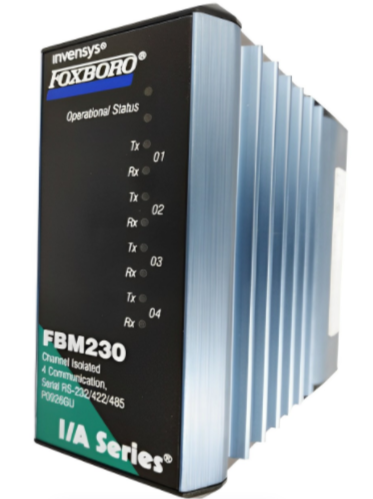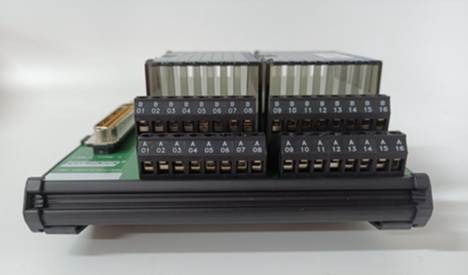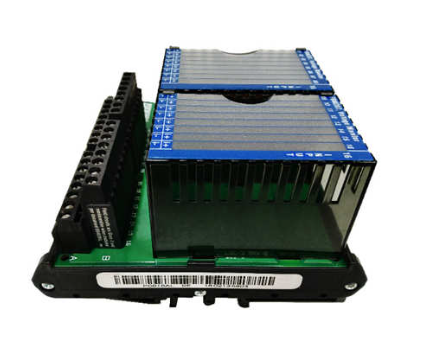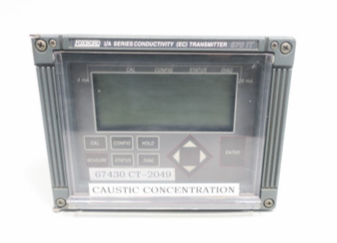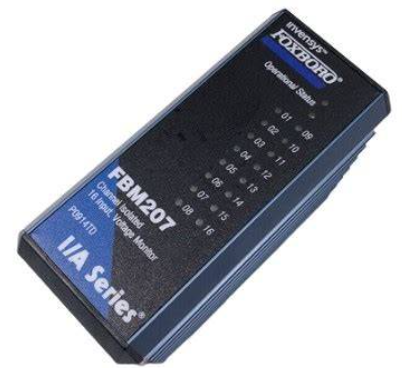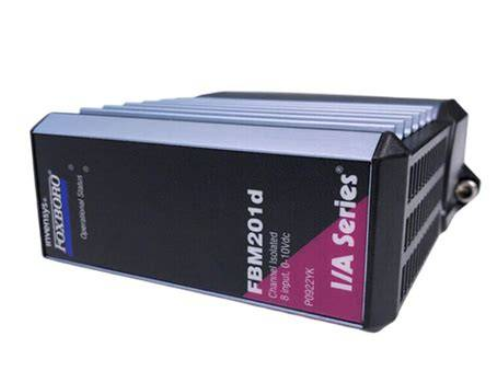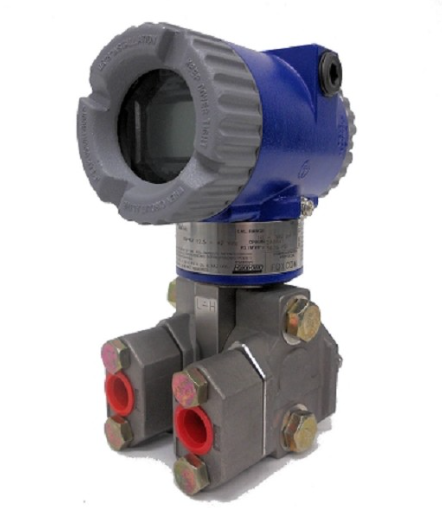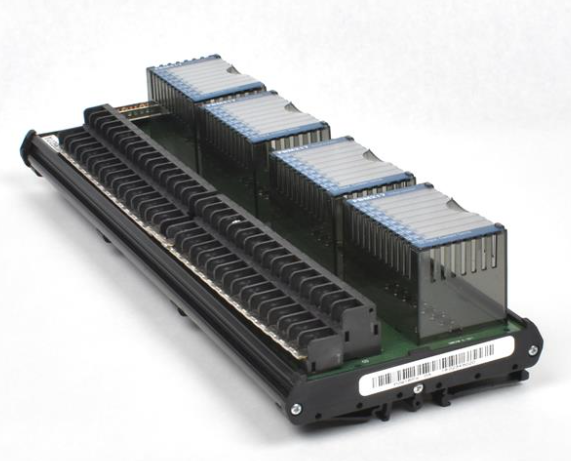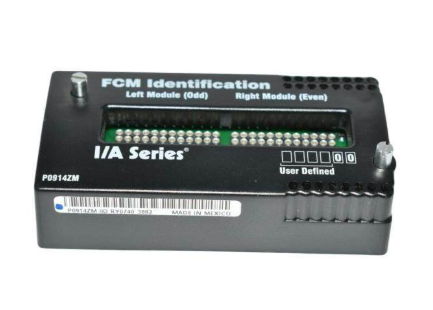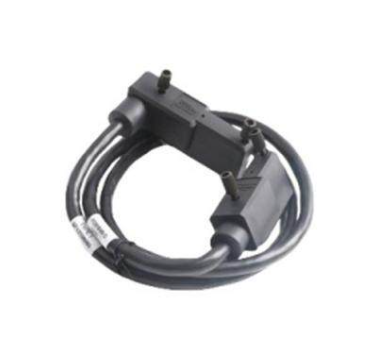Global Life Sciences Industry Outlook 2023
1. Constantly adjusting portfolio and value creation
In the life sciences, key portfolio decisions that companies are considering today were born at a time of financial disparity. Multiple models and portfolio options are emerging, including the development of potential "blockbuster" drugs, the search for a new generation of therapies, and a focus on diversification. Companies manage to put their capital to work through mergers and acquisitions, which in turn drive these choices. In addition, as interest rates rise and valuations fall, medtech companies are reducing uncertainty within the industry by divesting low-growth and low-margin assets. In doing so, medtech companies can free up capital and improve their financial position in hopes of making them more attractive to strategic acquirers.
Expectations for a recovery in mergers and acquisitions (M&A) have increased, with the majority of M&A activity slowing in 2022, with the number of life sciences deals above $1 billion down 60% from 2021. Still, drug companies with a lot of money at their disposal seem ready to unleash pent-up demand. One of the potential areas of interest for acquirers is multi-indication drugs with potential applications across therapeutic areas, which have the potential to deliver higher returns. However, potential acquirers would need to pay a premium for the drug's versatility.
Life science companies are actively exploring new ways to generate revenue. And a series of developments driving pharmaceutical portfolio realignment involve the emergence of mRNA technology. The anticipation of mRNA technology and the next generation of therapies such as cell and gene therapies will create opportunities for life science companies to increase revenue streams.
Exploring therapeutic innovations, including research into a new generation of therapies, including gene editing, is another area of portfolio expansion for life sciences companies. However, significant challenges remain, particularly the exorbitant upfront costs of developing a CGT and the need for customized manufacturing processes. In addition, due to the ongoing impact of the epidemic, CGT companies are still facing a shortage of raw materials. Life sciences companies may need to consider alternative funding and payment models to accelerate the widespread adoption of their CGT.
In the current environment, companies are rationalizing their underlying assets by divesting non-core assets (assets that do not fit into the overall portfolio, or restructuring and realigning portfolios). Adverse economic conditions have made many deals more attractive.

Ii. Research and Development
According to a Deloitte survey, R&D innovation is one of the top actions that 91% of life sciences companies plan to increase investment in 2023. Life sciences companies will continue to make advances in research and development areas such as translational medicine, big data analytics, and digital innovation. More advanced technologies will also emerge. Given changes in market, regulatory and reimbursement practices, life sciences R&D organizations are under increasing pressure to generate sustainable returns on investment, and companies need to reshape and adapt traditional R&D models.
The growing benefits of Real-world evidence (RWE) help life science businesses better understand disease progression, monitor patient safety, and evaluate clinical and cost effectiveness. While life sciences companies have lagged behind other industries in adopting RWE, RWE is now an increasingly important part of their decision-making process. Businesses are also collecting and analyzing RWE faster.
Traditional clinical development methods have a long process and a success rate of only 10%. Life sciences companies are actively reshaping clinical trials through digital clinical trials, clinical trial simulations, retail clinics, and smart clinical trials to collect data and analyze results digitally. It not only advances the development and regulatory evaluation of new drugs, but also reduces the time and cost of clinical trial cycles, improves patient safety, and solves the issue of medical equity to a certain extent.
AI is becoming increasingly important to drug development, and through AI technology, life science companies can accelerate drug development and time to market, and more accurately predict development costs.
The outbreak has seen an unprecedented level of cooperation and shared services among global regulators, and these collaborations are likely to continue in the coming years. At the same time, life sciences companies are turning to outside suppliers to reduce the time it takes to develop new drugs.
Supply chain is back on the CEO agenda
With repeated outbreaks, geopolitical turmoil affecting shipping and logistics, and inflation at its highest level in 40 years, biotech and pharmaceutical companies are moving away from well-designed, accurate planning in favor of agile supply chains that can be flexible and quickly adapt to changing environments and diverse scenarios. To better understand vulnerabilities in the supply chain, life sciences businesses are exploring a range of practices to enable forward-looking scenario planning and risk mitigation.
End-to-end visibility is a necessity, and increased vendor visibility and investment in digital sensing capabilities can help life sciences companies avoid costly missteps.
Emphasize people-oriented design to promote production success. Life sciences companies that focus on high-value, relationshipdriven investments in their employees can create more resilient supply chains.
In the long run, sustainability can become an advantage of life science companies' supply chains, and circularity is increasingly becoming a prerequisite for life science companies' supply chain design. In addition, the drive for sustainability has prompted life science companies to avoid inventory imbalances when available supply does not match demand.
In the face of geopolitical security, many life science companies are using blockchain for anti-counterfeiting, genomic and clinical data sharing, revenue management, and material handling. Another key goal for life sciences companies is to improve supply chain visibility, industry partnerships, and distribution agility in national and regional markets to increase their compliance and efficiency.
Pricing and reimbursement
Global drug pricing and reimbursement policies are undergoing a historic shift, and companies are increasingly competing. In response to these commercial pressures, life sciences companies are adopting dynamic pricing while taking a portfolio management approach to the growing number of specialized treatments for a range of diseases. In the increasingly competitive market environment, enterprises gradually adjust their pricing strategies. But in global markets, pressure is also mounting over pricing and equitable access to treatment.
The Inflation Reduction Act (IRA) authorizes Medicare, the US national health insurance program, to negotiate drug prices and force drug manufacturers to pay inflation rebates. However, drugs without a single source and similar competitive products that have been approved and marketed will not be eligible for negotiations. As a result, companies need to deal with price uncertainty.

With the release of the IRA drug pricing provisions, Medicare may expand its acceptance of value-based pricing, which is already used by some health care providers. However, if a similar pricing approach is to be adopted for prescription drugs, the current model cannot be followed and payment amounts need to be determined by an independent assessment of their clinical value.
Drug pricing and reimbursement policies depend on factors such as health profiles, competition and profit margins. Companies need to adapt their pricing and reimbursement strategies to regional markets. One response to changes in drug pricing is to balance a country's ability to pay with the individual needs of patients. Some pharmaceutical companies are using data analytics to predict how local markets will react to specific products.
The relatively high cost of treatment for rare diseases is one of the major challenges in pricing rare disease drugs. Therefore, to bring a new generation of specialty therapies to market, it is necessary to develop its own unique commercialization strategy in terms of pricing and reimbursement.
Managing pricing trends and transparency to improve access to medicines can lead to potential legal hurdles and reputational risks for life sciences businesses.
5. Patient-centered
Today, three-quarters of the world's population has home-tested a global virus, and companies are increasingly able to capture, interpret, and act on billions of patient data points. Patients' expectations and ability to express expectations were improved. The conditions are ripe for true (or more) patient-centricity.
Thanks to virtual health checks and smartphone-enabled diagnostic tools, as well as habits developed during the pandemic, fewer patients are visiting centralized health care facilities, and decentralized diagnostic methods are emerging. Patients stay at home, and life sciences companies can collect their data through personal devices. As life sciences businesses move toward becoming patient-centric, many are exploring "true" direct-to-consumer channels that enable patients to engage directly anytime, anywhere.
In the drug discovery and development process, wearables are another area that life sciences companies are actively exploring and investing in. Since 2010, the number of clinical trials has increased by more than 400 percent. However, patient recruitment remains one of the challenges of discovery research. Currently, pharmaceutical companies are using methods such as remote and virtual participation in trials to improve cost effectiveness and address the barriers faced by patients in traditional trial design.
Life sciences businesses need to build patient-centered partnerships for better diagnoses, experiences, and outcomes. To enhance their patient-centric offerings, life sciences companies manage real-world data to more precisely target patients who can benefit from their treatments. It also focuses on technologies that enhance interoperability between different entities, creating digital interoperability ecosystems that improve patient care. However, full digitisation can only be of value if patients are willing to share sensitive personal information.
6. Digital transformation
The COVID-19 pandemic has had a profound impact on the life sciences sector, including massive digital transformation. During the pandemic, cloud technology and cloud platforms have provided enterprises with scale and flexibility to enable employees to telecommute and collaborate. Cloud technology also helps reduce costs, reduce the time to identify and understand problems, and collect data to improve production and supply chain operations. Businesses that continue to embrace innovation will gain a competitive advantage in the years ahead.

A digital strategy can help life sciences companies make progress, but it can also create new threats when data flows from external proprietary systems into data lakes on various cloud platforms. In the process of building and growing trust, enterprises must find the perfect balance between protecting important information and obtaining data, and the issue of cybersecurity and data protection has therefore attracted high attention.
Enterprise reform has become an inevitable trend. The Deloitte survey found that nearly 80 percent said their organizations need to be more aggressive in adopting digital technologies. This means shifting from a focus on business transactions to an insight-driven, value-based enterprise.
Deloitte's research found that only about 20 percent of biopharmaceutical companies are mature when it comes to digitization. Companies build greater business advantage by increasing their digital maturity and applying innovations and digital technologies to existing and emerging business models in strategic, creative and agile ways to impact patients, partners and employees.
7. Promote equity in medical care
Inequities in the health system are widespread, including significant differences in global health resources, investment, and access to care, as well as more localized, such as unconscious bias, lack of trust, and language barriers. Healthcare inequity strains labor and productivity, challenges supply chains, and influences consumer purchasing decisions, costing life sciences businesses trillions of dollars in lost productivity each year. By addressing healthcare inequities, life sciences business leaders can increase productivity, increase market opportunities, boost revenue growth, and enhance their competitive advantage.
The costs of health inequity are too high to ignore. Across the health ecosystem, inequities can limit access to affordable, quality care, create avoidable costs and financial waste, and impact each individual's potential to achieve health and well-being.
Data inequities are not uncommon, such as data on ethnicity and groups not being collected or properly recorded, and some being misused in determining treatment and diagnostic protocols. Systematic biases can lead to a lack of understanding of certain diseases.
One of the reasons why there are still obstacles to the development of trial diversity is that life sciences companies do not adequately advertise clinical trials, do not provide appropriate opportunities for all populations, and do not address the mistrust that exists among vulnerable populations. Improving clinical trial diversity is imperative.
To achieve health equity, stakeholders need to take action. Leaders must design and build systems that aim to promote health equity. Every business should address healthcare inequities by developing a plan to design and drive a future healthcare delivery that puts patients and equity at the centre.
- EMERSON
- Honeywell
- CTI
- Rolls-Royce
- General Electric
- Woodward
- Yaskawa
- xYCOM
- Motorola
- Siemens
- Rockwell
- ABB
- B&R
- HIMA
- Construction site
- electricity
- Automobile market
- PLC
- DCS
- Motor drivers
- VSD
- Implications
- cement
- CO2
- CEM
- methane
- Artificial intelligence
- Titanic
- Solar energy
- Hydrogen fuel cell
- Hydrogen and fuel cells
- Hydrogen and oxygen fuel cells
- tyre
- Chemical fiber
- dynamo
- corpuscle
- Pulp and paper
- printing
- fossil
- FANUC
- Food and beverage
- Life science
- Sewage treatment
- Personal care
- electricity
- boats
- infrastructure
- Automobile industry
- metallurgy
- Nuclear power generation
- Geothermal power generation
- Water and wastewater
- Infrastructure construction
- Mine hazard
- steel
- papermaking
- Natural gas industry
- Infrastructure construction
- Power and energy
- Rubber and plastic
- Renewable energy
- pharmacy
- mining
- Plastic industry
- Schneider
- Kongsberg
- NI
- Wind energy
- International petroleum
- International new energy network
- gas
- WATLOW
- ProSoft
- SEW
- wind
- ADVANCED
- Reliance
- YOKOGAWA
- TRICONEX
- FOXBORO
- METSO
- MAN
- Advantest
- ADVANCED
- ALSTOM
- Control Wave
- AB
- AMAT
- STUDER
- KONGSBERG
- MOTOROLA
- DANAHER MOTION
- Bently
- Galil
- EATON
- MOLEX
- Triconex
- DEIF
- B&W
- ZYGO
- Aerotech
- DANFOSS
- KOLLMORGEN
- Beijer
- Endress+Hauser
- MOOG
- KB
- Moxa
- Rexroth
- YAMAHA
- Johnson
- Westinghouse
- WAGO
- TOSHIBA
- TEKTRONIX


Email:wang@kongjiangauto.com




